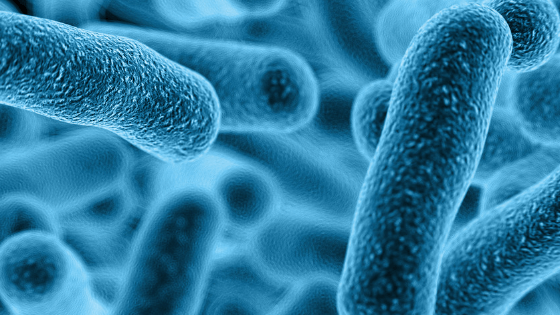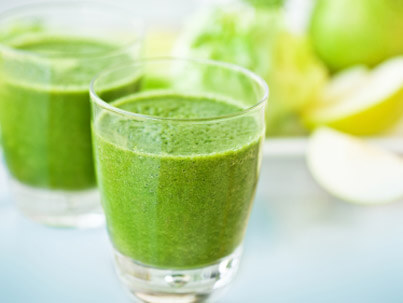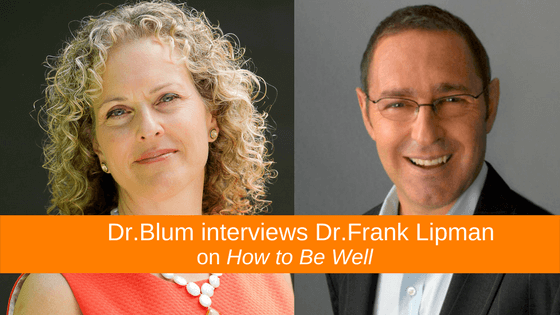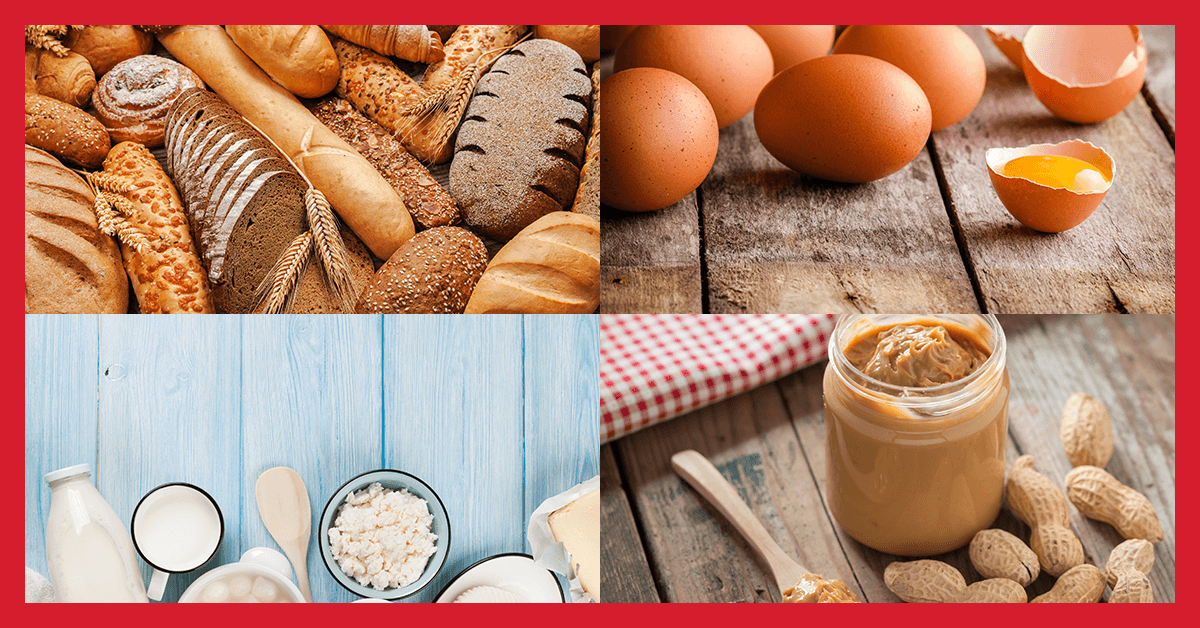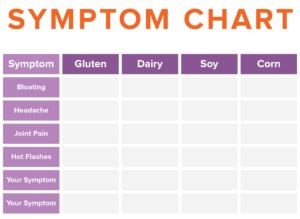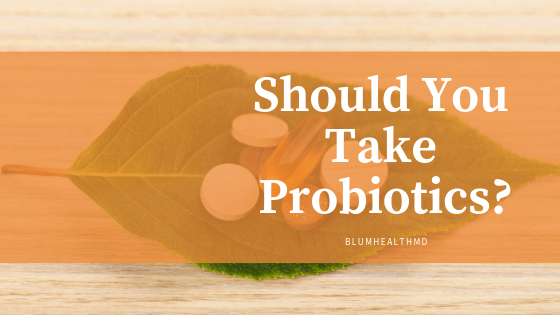
Probiotics are living bacteria normally found in the human digestive tract that are usually ingested to improve the quality and quantity of the gut’s beneficial bacteria. One of the goals of taking a probiotic is to shift the population of gut bacteria toward one that is more healing and low inflammatory. But most people don’t know that probiotics do a lot more than just influence the population of the microbes that live in your gut.
Many studies have shown that probiotics can repair a leaky gut, reduce intestinal permeability and help increase the production of butyrate (a short chain fatty acid made by good gut flora that is very good for us). In their role as influencers on the gut microbiome, probiotics have been found to specifically reduce proinflammatory bacteria such as Escherichia coli, Enterobacter aerogenes, Klebsiella pneumoniae, Streptococcus viridans, Bacteroides fragilis, Bacteroides uniformis, and Clostridium ramosum. When these and other potentially harmful bacteria are present in high amounts, they create a pro-inflammatory, leaky gut causing condition called dysbiosis. (1) The term dysbiosis was introduced over a century ago by the Nobel Prize laureate Elie Metchnikoff, who used it to describe a disruption of the normal balance of the bacteria in the gut and then proposed using yogurt with active bacterial cultures to improve both the gut and human health.(2)
Probiotics have gotten bad press recently because many people believe that probiotics are like seeds that plant themselves in the gut and that they are supposed to grow there and flourish. When studies recently showed that probiotics in fact pass through us in about 6 weeks, the buzz was that people shouldn’t bother taking them. This absolutely is not true, because probiotics exert their influence without needing to plant and grow. They help improve the whole ecosystem of the gut and also have a huge role to play in helping treat inflammation like arthritis, and immune system imbalances like autoimmune disease.
For example, researchers have studied the use of probiotic supplements to treat the dysbiosis of inflammatory arthritis and found that probiotics improve symptoms in arthritis sufferers. Generally speaking, when it comes to arthritis, probiotics are thought to improve all the functions of your good flora, including helping T regulator immune cells work better and live longer, turning off inflammation and repairing the gut lining and tight junctions. Because probiotics help treat a leaky gut, and because of the gut-arthritis connection, it follows that they would also treat systemic inflammation and arthritis, and they do!
The bottom line? The strains researched in arthritis with the most evidence for an anti-inflammatory effect are Lactobacilli: casei, acidophilus, reuteri, rhamnosus GG and salivarius. There is also good evidence for Bifidobacterium bifidum. Bifidobacterium infantis, E coli nissle, and Lactobacillus plantarum were found to improve tight junctions and heal leaky gut, even if they weren’t studied for their effects specifically on arthritis. This data tells me that a multi-strain formula that includes as many of these as possible, with a priority given to those that have been studied in arthritis patients, is best when using probiotics to reduce inflammation.
If you have arthritis or any inflammatory condition, taking a probiotic is a great place to start. But to treat dysbiosis, functional medicine offers a more complete approach that includes an herbal program to clean the “weeds” out of the garden. The HealMyGut program can be done by itself, or as part of the Arthritis Challenge.
And finally, I leave you with a brief suggestion for choosing a probiotic. This can be confusing! I prefer to use a multi strain formula that has as many anti-inflammatory strains as I can find. I love Klaire Labs, because they have been around as long as I’ve been practicing Functional Medicine (almost 2 decades!) and I know they work since I have been using them all this time. My favorite product is Therbiotic complete, because it includes all the above strains. That’s why I use this for my private label BCH! PURCHASE HERE
Klaire Labs Therbiotic Complete: 12 strains
- Lactobacillus rhamnosus
- Bifidobacterium bifidum
- Lactobacillus acidophilus
- Lactobacillus casei
- Lactobacillus plantarum
- Lactobacillus salivarius
- Bifidobacterium longum
- Streptococcus thermophilus
- Lactobacillus bulgaricus
- Lactobacillus paracasei
- Bifidobacterium lactis
- Bifidobacterium breve
[1] Parian A, Limketkai B, Shah N, Mullin G. Nutraceutical Supplements for Inflammatory Bowel Disease. Nutrition in Clinical Practice. 2015. Vol 30, Number 4. 551-558.
[2] Zeng MY, Inohara N and Nunez G. Mechanism of inflammation-driven bacterial dysbiosis in the gut. Mucosal Immunology. Online publication 24 August 2016. doi:10.1038/mi.2016.75

